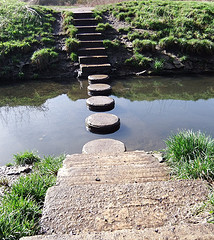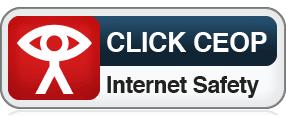
Last week I attended ‘The Challenge of Digital Scholarship – emerging practices in academic libraries’ an event run by NoWAL, held at the University of Salford MediaCity campus. It was the first event I’ve attended in a while and I came away feeling completely re-energised and excited about the ideas that were discussed. The passion from the speakers about their projects really shone through and it really reminded me how exciting working in the library sector is.
Alison Mackenzie and Lindsay Martin from Edge Hill University welcomed us to the event and introduced the idea of Digital Scholarship. They have recently published the book ‘Developing Digital Scholarship: Emerging Practices in academic libraries.’ They explained that although their isn’t an overall consensus on what constitutes digital scholarship, recurring characteristics include openness, values, ideology and networked participation. Digital Scholarship is a “mind-set with commitment to openness as key to scholar’s practice”. Lindsay discussed the literature review and the discussion of findings from their book which was interesting and gave some background information. She explained that the scholarly literature contains almost no reference to librarians or what they can offer and she discussed the idea that scholars were seemingly unaware of librarian’s expertise and largely uninformed about the services available to them.
One of the aims of the event was to look at the skills librarians need to thrive in this environment and how library expertise is evolving to support digital scholarship. The following 5 case studies were brilliant examples of this and showed how libraries were already heavily embedded in not just the provision of support but often leading the way forward.
Case studies (All of the case studies were really interesting, I took so many notes for them all but I’ve just picked two to write about here. I have included links to all of the projects discussed though for further information.)
- Jane Harvell – University of Sussex – Sussex Humanities Lab
- John Cox – National University of Ireland Galway – Abbey Theatre Archive
- Chris Awre – University of Hull – Hydra
Kirsty Kift – University of Coventry – The Disruptive Media Learning Lab This was my favourite of all the talks – Kirsty talked to us so engagingly about the work and you could really tell that she loved her job. At the centre of campus and housed in the library, the Disruptive Media Learning Lab is helping to ‘drive change through disruption of the norm’ and to find new ways of continuing to stay ahead of the game in teaching and learning. Importantly it is somewhere to make changes through projects and a neutral space for failure.
The physical space is collaborative and enables staff to work together with students including project rooms and configurable teaching spaces. The digital is influenced by transformative technology, emphasis on gamification and building on digital confidence. The idea is to “build a bridge from the physical to the digital through collaboration to create engagement and innovation”.
Kirsty discussed how the library have been involved with the lab and how they are permanent fixtures of the team. She told us how positive an experience it has been for the library and how they’ve been able to use the joint resources of the lab to work on projects – such as the award winning PALS project for international students. As well as being such a focal point of the university, building digital confidences and working in new, effective ways, they are able to enjoy themselves too which sounded amazing!
Ian Johnson – University of Newcastle – Poetics of the Archives/Bloodaxe Books
Ian’s talk was a real insight into how effective collaboration can be; when people of different specialities and interests come together amazing things can be created. In 2013, one of the most important poetry archives in the UK, the Bloodaxe archive, was sold to Newcastle University. Ian, as Head of Special Collections and Archives, talked us through his first thoughts when all of the many boxes arrived and how he thought he’d look through them all and start to catalogue the contents. However, after receiving funding from the AHRC, the University asked lots of different teams to work together to produce something new and very different.
They decided to use a ‘generous interface’ – which is as far away from a traditional catalogue as you can get. It allows you to make your own pathways with multiple ways in, making accidental connections in a free flowing way. The finished archive allows you to search by drawing a shape of a poem or choosing a particular word to use innovative ways to explore using visual representation.There’s even a section for works that have been inspired by the archive itself.
Some of the lessons learnt in the project were to identify and interact with stakeholders early, build on a shared understanding and ‘show don’t tell.’ Ian was a really engaging speaker and together with the poetry videos interspersed through his talk and the ideas he discussed, it was a really interesting topic.
I thoroughly enjoyed the day and it was a great opportunity to hear about so many new ideas. The Salford University MediaCity campus is really impressive and was the perfect venue for the event. Thanks NoWAL!












